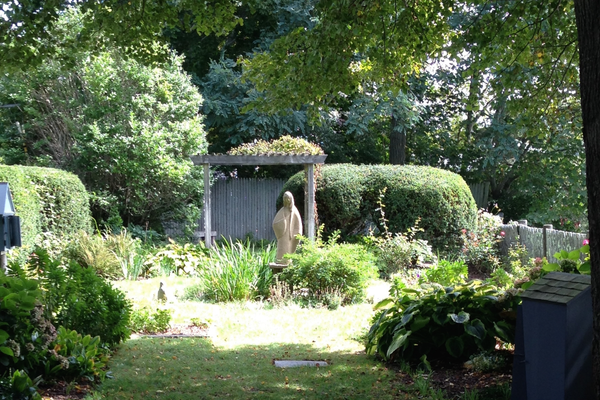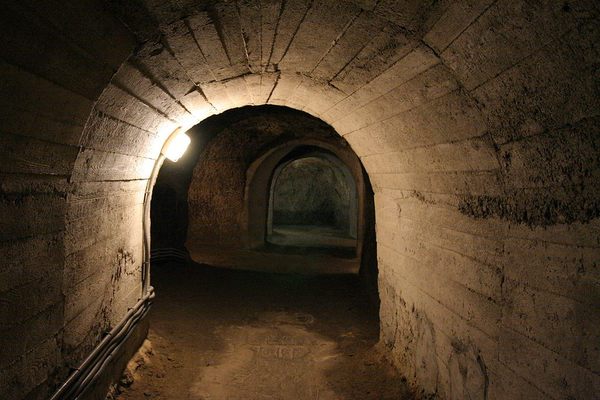Albert Szent-Gyorgyi’s Grave
Final resting place of a pioneering scurvy researcher.
The term, “antiscorbutic,” refers to foods that cure scurvy. For centuries, people knew that there were certain foods that seemed to stave off the disease, but had no understanding of why. Cut to the early 1900s, when Norwegian scientists studying the effects of beriberi, a nutritionally-based nervous system disease, make an accidental breakthrough. When substituting a guinea pig’s diet of plants and vegetables with grains, the animal develops scurvy. Once they are returned to their normal regime, the disease disappeared.
By the late 1920s, Albert Szent-Györgyi, a Hungarian-born scientist, working at Cambridge University had extracted “hexuronic acid” from animal glands. Believing that this was the hallowed antiscorbutic factor, he went on to discover it was plentiful in paprika. He would go on to rename it ascorbic acid (also known as Vitamin C). Szent-Györgyi received the Nobel Prize in Medicine in 1937 “for his discoveries in connection with the biological combustion processes, with special reference to vitamin C and the catalysis of fumaric acid.”
Know Before You Go
drive in and follow the signs past the first smaller cemetery on the left. Sent-Gyorgyi's grave is along the other side of the stone wall, close to the bottom of the road. It is a flat stone, not a standing one, so you might miss it.
Community Contributors
Added by
Edited by
The Atlas Obscura Podcast is Back!


















Follow us on Twitter to get the latest on the world's hidden wonders.
Like us on Facebook to get the latest on the world's hidden wonders.
Follow us on Twitter Like us on Facebook